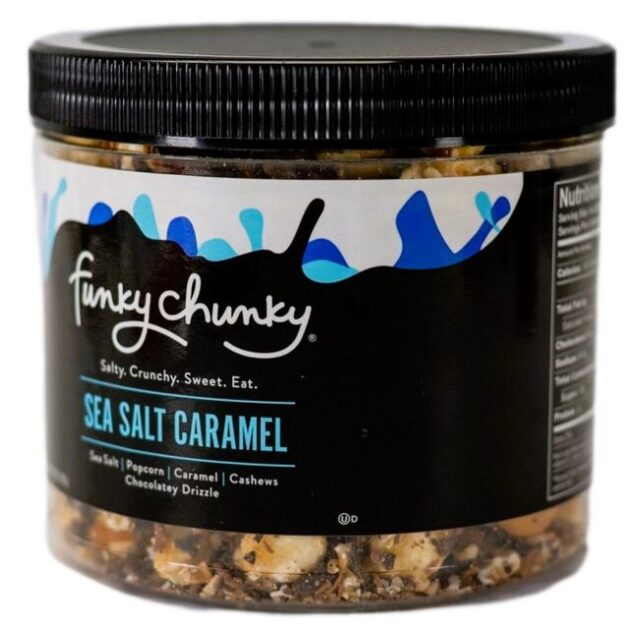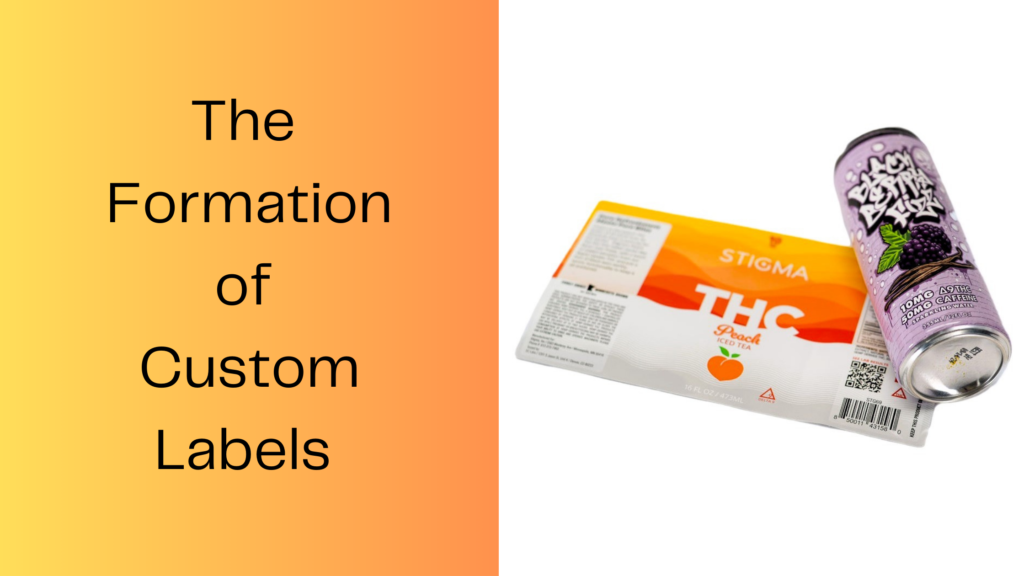Custom labels provide businesses with an opportunity to showcase their brand in a unique and memorable way, capturing the essence of their identity and values. With so many different components that go into creating custom labels, it’s important to understand what makes them effective and how they resonate with consumers. The composition of a label may seem like a complex subject, but it can easily be broken down into just 5 main parts, each playing a crucial role in the overall impact and functionality.
Facestock
The facestock of a label is the most important element, as it serves as the foundation of the entire label and is responsible for providing structure, shape, and size. It is typically composed of specialty paper, film, or fabric and can be custom printed with graphics and text. Whether you’re using a thicker stock material like paper or a thinner one such as plastic film, your facestock must be able to withstand environmental conditions in order to ensure that your labels maintain their appearance over time. Due to its importance and ability to affect the integrity of the whole label, careful consideration should be given when selecting a facestock; this includes taking into account factors such as durability, surface texture/finish, waterproofing requirements, temperature constraints, etc
Ink
Inks are an integral component of labels as they directly contribute to a product’s appearance and shelf appeal. Labels must be printed using fade-resistant inks that won’t dull over time. The ink is printed onto the facestock with machines that utilize advanced printing technologies like flexography or digital printing. Many label makers offer specialty inks such as metallic or fluorescent options to add a unique touch to any product packaging. Although more expensive than standard inks, these special effects may help your product on crowded shelves. Water-based inks can also be used on labels and have an added benefit that they are environmentally friendly.
Topcoat
A label’s topcoat contributes to the overall aesthetic appeal and longevity. In addition to enhancing the appearance of a label, a topcoat can also protect it from the elements. Topcoats are typically used on labels made with plastic film facestocks, as they help the ink spread better and stick to the surface. For paper labels, a clear or colored varnish or laminate is often applied as a topcoat to give them additional protection and a beautiful finish. The topcoat helps prevent fading that can be caused by moisture, sunlight, or rough handling. Different types of topcoats offer different levels of protection. Additionally, some specialty topcoats even provide resistance to chemicals and other environmental factors for labels used in certain industries such as food service or medical device manufacturing. The type of topcoat chosen will depend on factors such as cost, durability requirements, and desired level of protection from external elements.
Adhesives
Label adhesives come in a variety of forms, each intended for different packaging materials and purposes. There are four main types of adhesives:
1. Peelable adhesives are designed to be removed without leaving any residue or damage to the label itself. This makes them ideal for situations where a product may need to be re-labeled or repackaged on a regular basis.
2. Permanent adhesives can create a strong bond that will last even under high levels of humidity or rough surfaces.
3. Semi-permanent adhesives are designed to leave minimal residue upon removal if necessary.
4. Freezer adhesives are specially formulated for cold temperatures and designed to maintain their adhesive properties in freezing environments.
Each type of adhesive will have its own unique properties and characteristics which should be taken into account when selecting the most appropriate one for a particular application.
Liner
The liner of a label plays into the functionality of adhesive labels. It serves as a protective backing that covers the adhesive until it is ready to be applied to a surface. Liners can be made from paper or film materials, and they ensure that the adhesive remains intact during storage, transport, and even application. The paper liners are usually used in common pressure-sensitive labels, while the film liners are found in more specialized applications such as labeling curved surfaces or small objects. Liners also provide some measure of cleanliness when handling labels, as well as keeping dirt and debris away from the adhesive layer. They can act as a barrier between two different adhesives when creating multi-layer labels. Without them, these labels would not stay together securely enough for successful application. Thanks to their durability and strength, liners make it possible to produce custom labels with intricate shapes and designs without sacrificing any of the label’s performance or longevity.
It’s clear that labels are more than just a piece of paper. The topcoat, adhesive, and liner all work together to create an attractive label with superior durability and protection from external elements. Whether you need a peelable or permanent adhesive for your labeling project, selecting the right combination of materials can help ensure that your product stands out on store shelves while lasting through even the harshest conditions. With careful consideration when choosing these components, you can be sure that your custom labels will provide both aesthetic appeal and functional performance. Contact PAX Solutions to help you implement these values to your packaging program.




